How Will the U.S. Election Impact the Israel-Gaza Conflict, and Vice Versa?
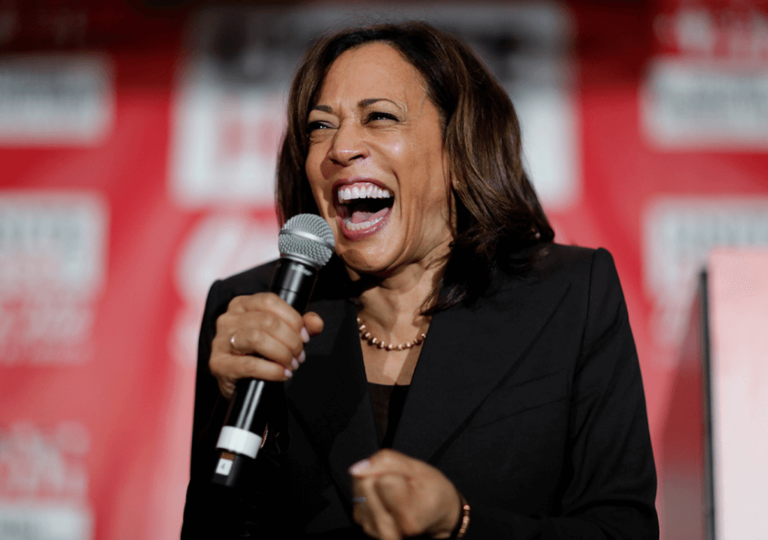
Israel's war on Gaza continues, with the U.S. facing challenges in mediating effectively amid political divide

Israel's war on Gaza continues, with the U.S. facing challenges in mediating effectively amid political divide
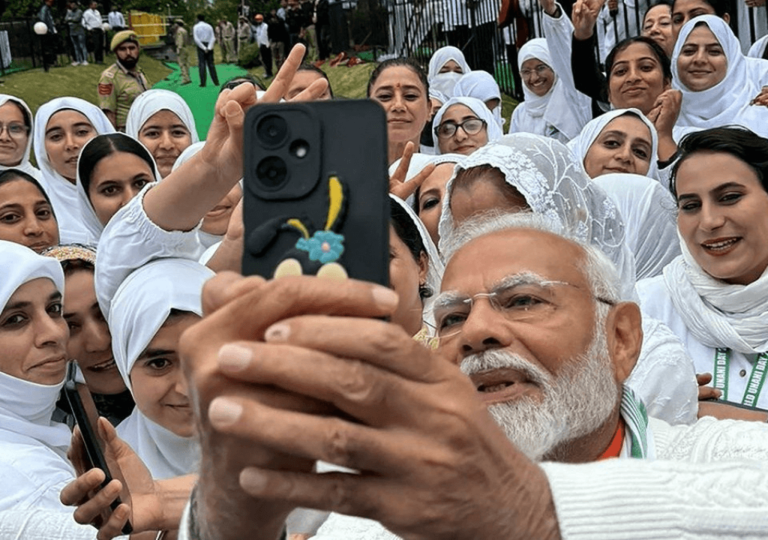
Jammu and Kashmir's upcoming elections are crucial, with significant implications for regional stability and governance
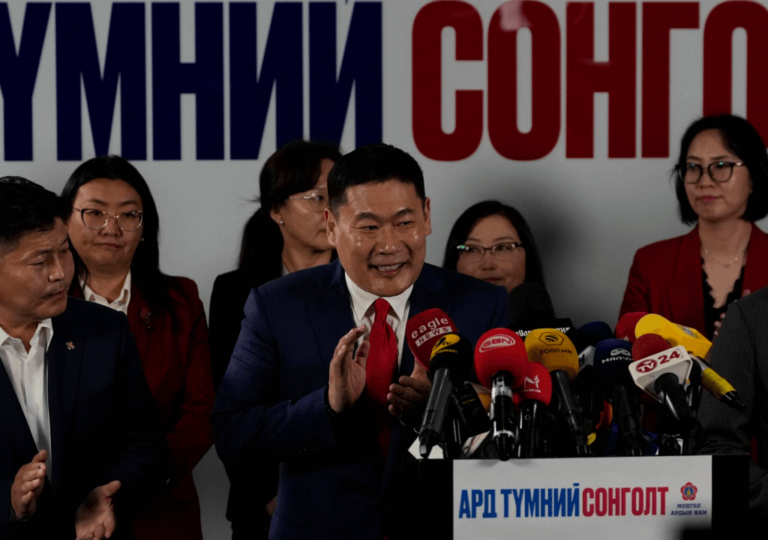
Mongolian ruling party wins reduced majority amid public anger over corruption and economy.
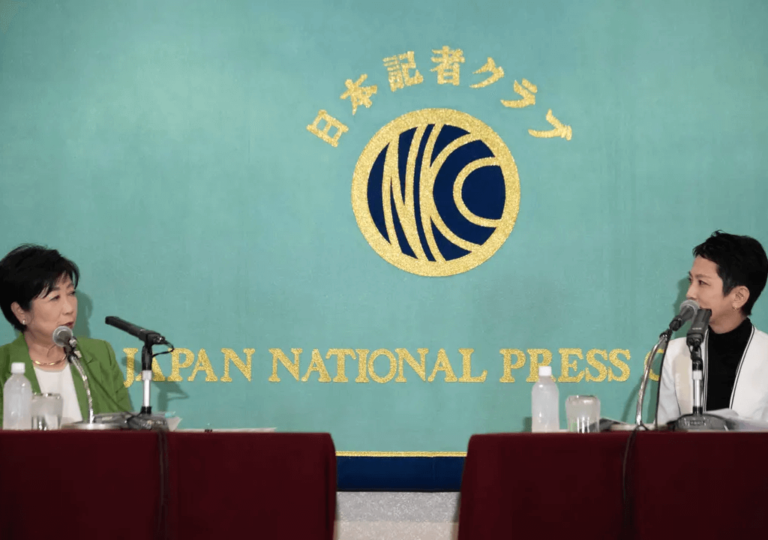
Tokyo governor race: Koike and Renho vie for city's top job amid demographic crisis
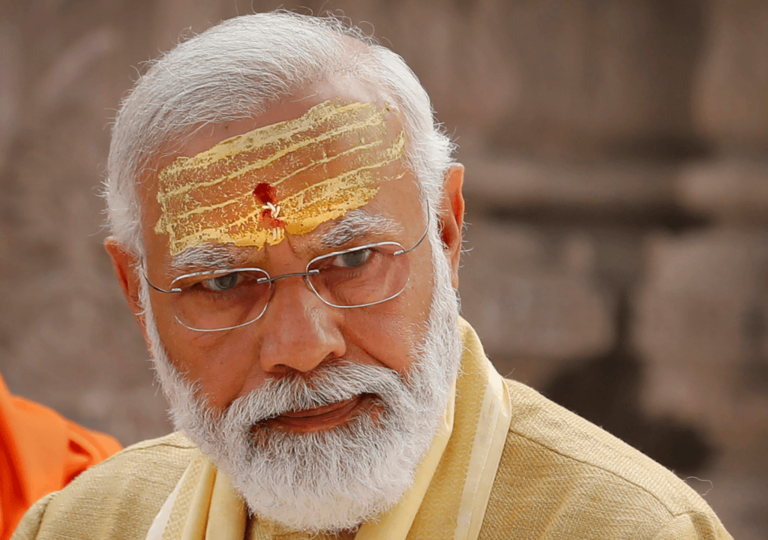
India's general election results show a surprising dip in support for Narendra Modi's BJP, with some attributing the decline to a rift between the BJP and its parent organization, the RSS.
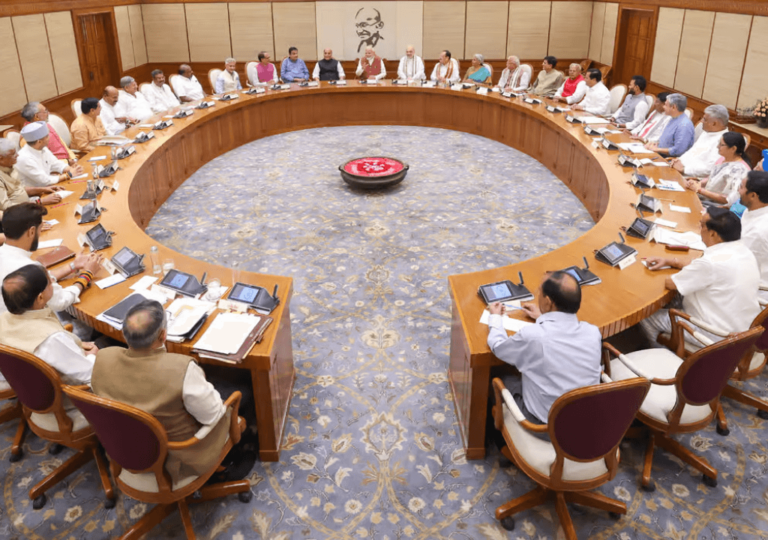
Narendra Modi begins his third term as India's Prime Minister, marking a significant milestone. He has retained key figures from the previous government and included members from various parties in his new cabinet.
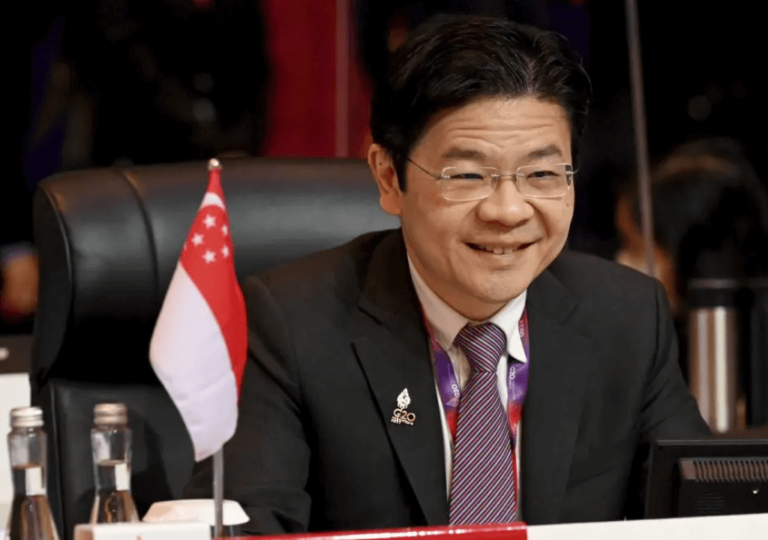
Singapore's general election may be held earlier than expected, with analysts suggesting a possible call as early as September.
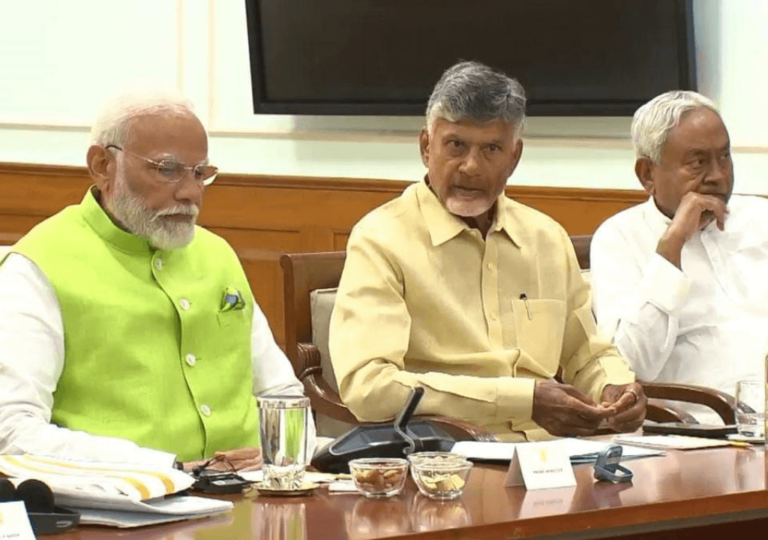
Despite winning 240 seats, the BJP's performance was seen as a setback for Modi's authoritarian tendencies and a sign that Indians value their democracy.

Find out how the ruling BJP's failure to secure a majority single-handedly will lead to negotiations and collaboration with various political parties.
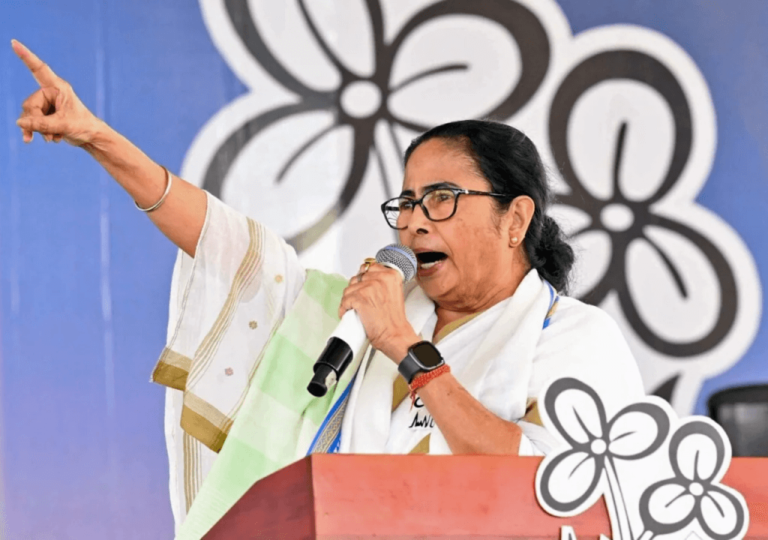
West Bengal's political violence escalates as parties vie for power, undermining democracy.